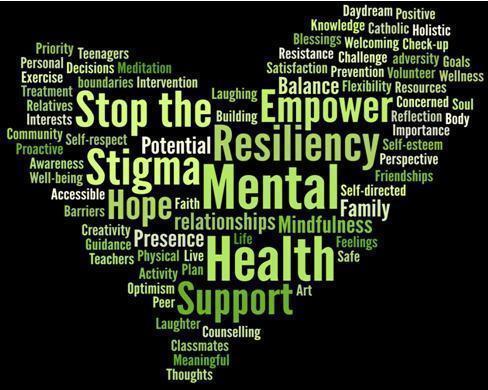Mental Health related stigmas and pressures have a negative impact on the lives of various individuals experiencing psychological dilemmas, especially in the Asian American community. Stigmas are inaccurate, false, and unwarranted beliefs that are used to discriminate, separate and hurt others with certain traits, qualities, expressions, and demeanors. It is very difficult for individuals to seek help when there is a constant fear of being inappropriately labeled as “crazy”, “insane”, or “violent”. Cultural and societal pressures against therapeutic services can also have similar influences. Traditionally, in collectivistic cultures, there can be a discouragement towards seeking assistance for cognitive or behavioral concerns. This discouragement is dynamic and can take many forms. For example, being solely focused on academic or professional success, ignoring or discounting symptom presentations, and even the taboo perception surrounding mental health are all societal shapes that encompass dejection from therapy. In Asian American communities there is a large focus on being able to care of your family, loved ones and your surroundings. As a result of this, metal health conditions can be seen as “baggage” or impediments that take away one’s motivation, identification, and ability to successfully take care of the family. When considering this, it is clear to see how cultural stigma and other pressures deter many Asian Americans from seeking mental health guidance.
Barriers to treatment are also important factors to consider when understanding the difficulties Asian Americans face when seeking treatment. For example, the language barrier between a client and the therapist could have huge implications for someone seeking help. To mitigate this, various community services and individual practices have set out a call to increase bilingual services and encourage more ethnically diverse individuals to seek vocational and educational opportunity in mental health! Other barriers include lack of knowledge related to the therapeutic process and knowing where one can go to receive treatment. Some solutions to these hindrances have included increasing psychoeducation and discussion of therapy, as well as embedding psychiatric/psychological practices into hospital settings or medical facilities to ease access. Other barriers to care may include Americas therapeutic cultural values of “communicating the problem” being different to that of Asian Americans core beliefs of taking actions or doing something against the problem. Overall, recognizing these challenges and becoming more empathetic to a client’s background will not only increase retention, but also enhance treatment outcomes.
More than ever, we need to strengthen our efforts to increase mental health awareness of Asian American populations through public information, social media advocacy, community outreach and various psychoeducational content. If you, or someone you know is experiencing difficulties in managing your mental health, support and reasonable care options are available!
To learn more about options at Segal Trials, visit our Enrolling Studies.
*The information in this blog, including but not limited to, text, graphics, images and other material contained within this post and its affiliated websites are for informational and entertainment purposes only. No material on this channel is intended to be a substitute for professional medical advice, diagnosis, or treatment. Always seek the advice of your physician or other qualified health care provider with any questions you may have regarding a medical condition or treatment and before undertaking a new health care regimen, and never disregard professional medical advice or delay in seeking it because of something you have read or seen on this website or its affiliated social media sites and channels*


